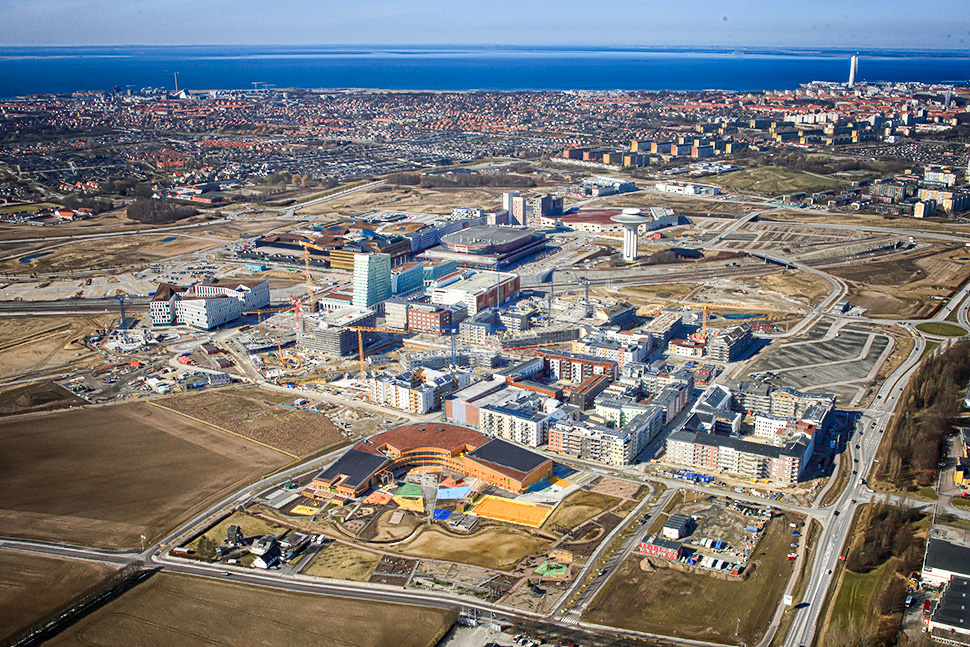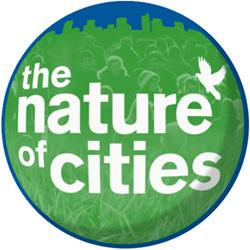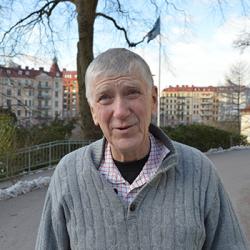
Partnerships for sustainability
Participatory design of boundary objects for collaborative urban development in practice
Project aims and approach
This project investigates formal, multilateral public–private partnerships (PPPs) with explicit urban sustainability goals. It aims to provide meaningful reference for design decisions in processes where municipalities take part in collaborative efforts across sectors in pursuit of urban sustainability, and to contribute to informed discussions about contextualised choice-making in matters of partnership architecture.
Examining relevant experiences in Malmö in recent years, the project proposes and discusses, from within its empirical framework, a typology of PPPs for urban sustainability. Furthermore, drawing on theory and insights from previous research in the field, the project focuses on two local cases, in Hyllie and in Sofielund, to investigate aspects of legitimacy and organising, respectively.
Background
It is common for local public entities such as municipalities to commit, in visionary policy documents on sustainability, to the overcoming of so-called ‘wicked problems’, over which they only have limited influence and actual mandate. Consequently, public actors may adopt strategies of engaging in alliances across sectors, in attempts to extend their reach of influence. Arguably, partnerships founded on formal expressions of shared agendas are especially significant in that they can also channel communications and impression management efforts. This project focuses on such alliances.
While intrinsically creating arenas for interaction among participating stakeholders, the extent will vary to which formal PPPs have benign effects on the urban sustainability challenges that originally led to their conception. Also, the degree to which contextual choices regarding the architecture of partnerships are informed on insights gained from previous experiences is variable. An underlying assumption of this project is that learning, in this context, increases the probability for a conducive partnership effort. Establishing whether such a correlation is actually observable goes beyond the scope of the study; nevertheless, it undertakes analyses of empirical examples looking at both dimensions. Doing so, it takes as a point of departure the theoretic perspective that partnerships constitute ‘boundary objects’, meaning that they provide actors with an instrument that allows them to collaborate on common tasks, while recognising, as well, that these objects are transient and modifiable by actors, each striving to meet their own needs.
The City of Malmö is a municipality that has launched many formal PPPs in its attempts to further urban sustainability. So far, these efforts have not been studied from a common vantage point, and systematic overall learning has been limited. This project contributes to the elaboration of such perspectives.







